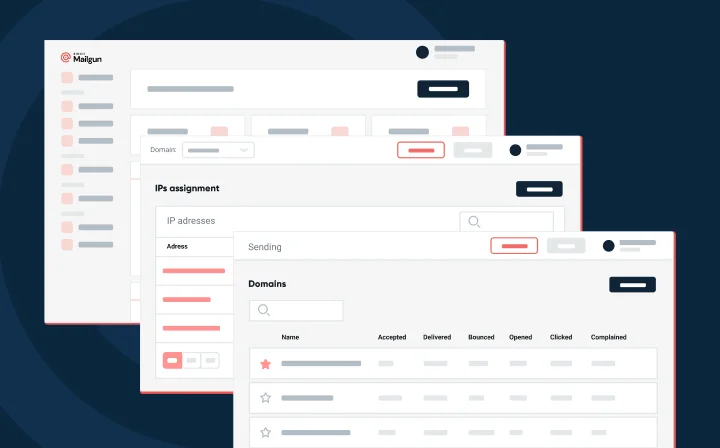Product
Weekly product update: improved notifications for email limits

Product

Mailgun lets you send millions of emails per month, but for a lot of developers building the next world-dominating app, that’s a few too many to start. So to make your life easier if you’re using our free plan for testing and development or a platform like Heroku or EngineYard that places a cap on monthly email volume, we’ve improved email notifications so you get alerted before your limit has been reached.
If you are on a Mailgun plan that has an explicit sending limit, we’ve always sent you an email notification once your email limit has been reached. However, that doesn’t give you much time to plan. So starting this week, we are also sending notifications once we see that you are getting close to your limit. Specifically,
It’s a small improvement, but we hope that it helps you plan better for world-domination.
Sending a notification once a customer has reached 75% of their sending limit seems easy, and conceptually it is. What was challenging however was turing this into a reliable, scalable systems that functions well for thousands of customers sending millions of emails a day. When we first looked at the problem we took the obvious approach: add a field to our MongoDB-based customer database and increment the counter for each email sent.
But when we realized the load that this would put on our MongoDB (which doesn’t function well at such a high number of writes/per/second), we knew we needed to take a different approach.
Instead of complicating our main database which we like to write to only when absolutely necessary, we implemented an actor-based system which decouples most events from our main database. By decoupling events into different specialized systems, Mailgun is much more efficient, easier to code and more resilient. There are many reasons for this, but one is that different processes can run on different machines meaning that if there is a problem with one process, it doesn’t affect another. How does this work?
Mailgun is basically just a series of events. Delivers. Bounces. Opens. Clicks. When any of these events happen, we record it. Then, different processes can be set up to do something with those events. For instance, when a “delivered” event happens, we have a process that can notify a customer by a web hook .
Or, in the case of email limit notifications, it works like this:
Each process does a single thing very well. There are few moving parts, and its easy to scale. Profit!
Well, that’s it for this week. We hope you like the new event notifications and learned a little about the way we develop at Mailgun.
Happy emailing,
The Mailgunners